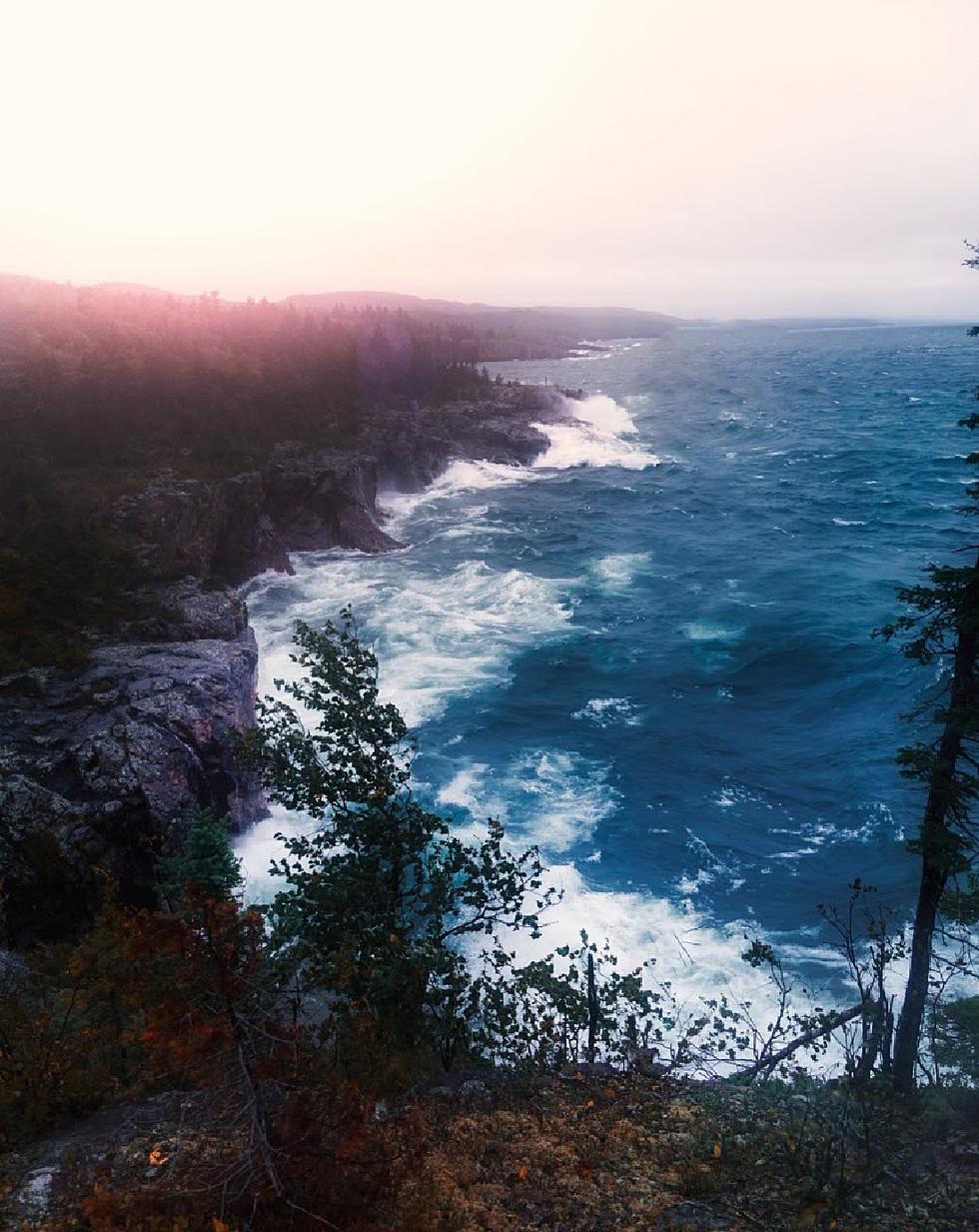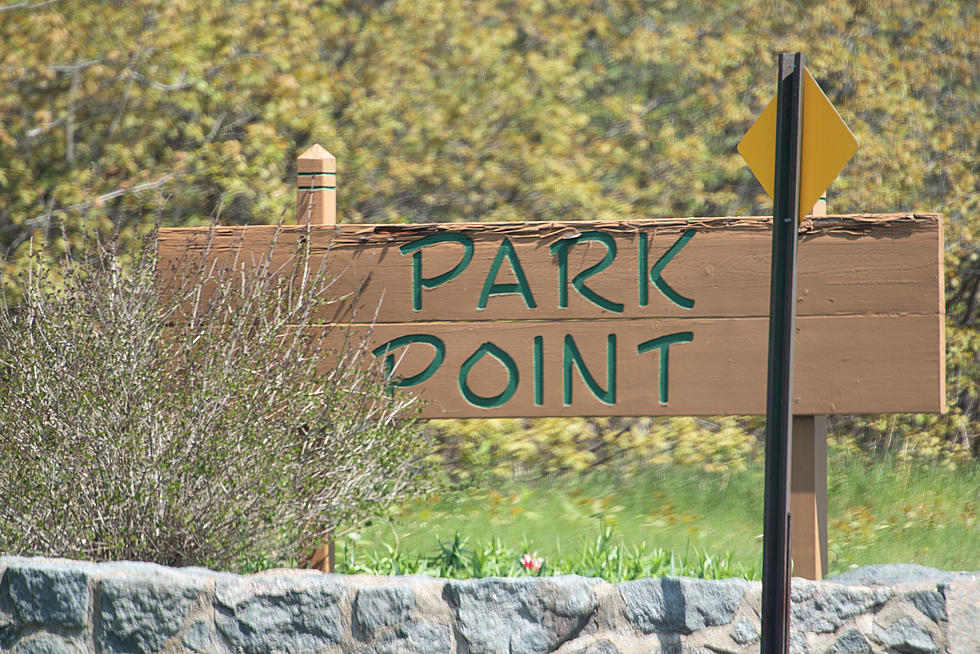
Air Quality Alert In Effect into Wednesday Afternoon for Duluth Area
The Northland woke up Tuesday morning to an overwhelming smell of smoke, as if we were all living inside a wet fire. That was due to a wind change that brought smoke from the Greenwood fire into the area. Unfortunately, that dangerous air quality could be with us for a little longer.
The Minnesota Pollution Control Agency (MPCA) has issued an air quality alert for St. Louis, Carlton, Koochiching, Lake and Cook Counties. This includes the the cities of Duluth, Cloquet, Hibbing, Ely, International Falls, Virginia, Hoyt Lakes, Babbitt, Isabella, Two Harbors, Silver Bay, Grand Marais, and the tribal Nations of Grand Portage, Fond du Lac, and Red Lake.
This air quality alert is current in effect until 3:00 p.m. on Wednesday, August 25. While we've had air quality alerts already this summer due to Canadian wildfires, this one is not to be taken lightly as fine particle levels are expected to reach the Red AQI category, a level that is considered unhealthy for everyone.
The MPCA says the following people are are more likely to be affected when fine particle pollution reaches an unhealthy level:
- People who have asthma or other breathing conditions like chronic obstructive pulmonary disease (COPD).
- People who have heart disease or high blood pressure.
- Children and older adults.
- People of all ages who are doing extended or heavy, physical activity like playing sports or working outdoors.
- People who don’t have air conditioning to reduce indoor air pollution.

While sensitive groups are well aware that they need to take precautions, others may not have that awareness. However, once we're in the Red AQI category, everyone is potentially at risk to suffer adverse reactions.
The direction of the wind will dictate how long the Twin Ports area will face air quality issues, so if you're planning being outside it's best to first check current conditions at AirNow. You can simply enter a city or zip code and get current air quality information.
LOOK: The most expensive weather and climate disasters in recent decades
LOOK: Here are the 50 best beach towns in America
More From KOOL 101.7









